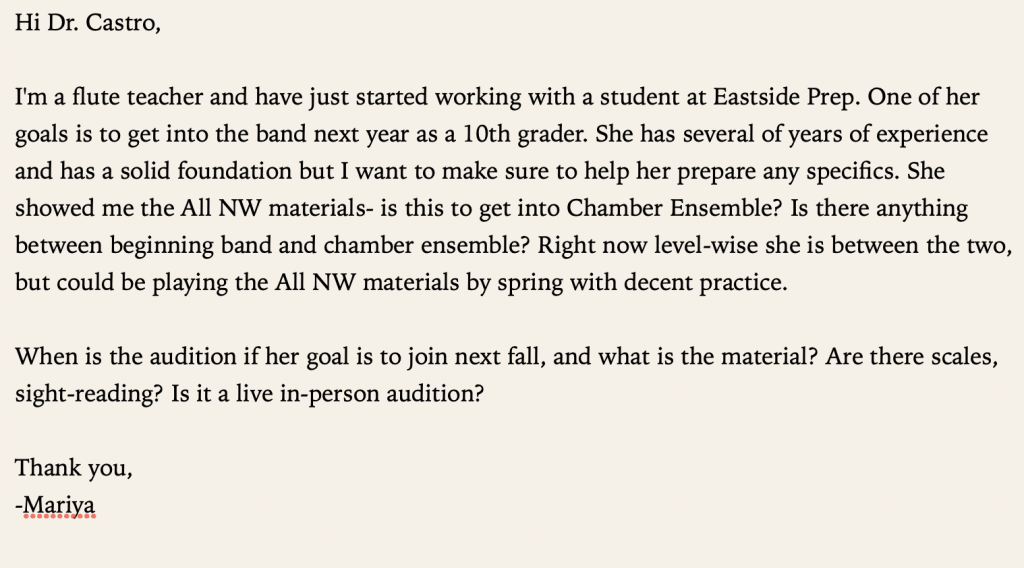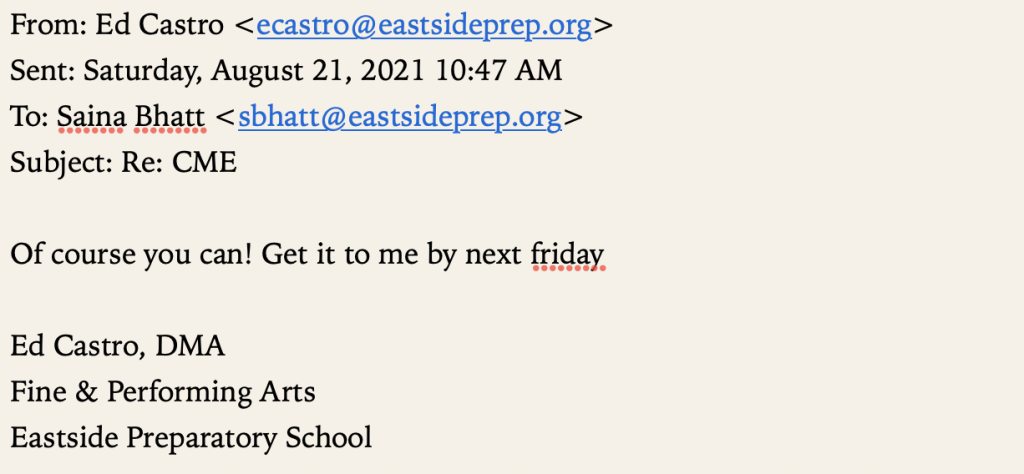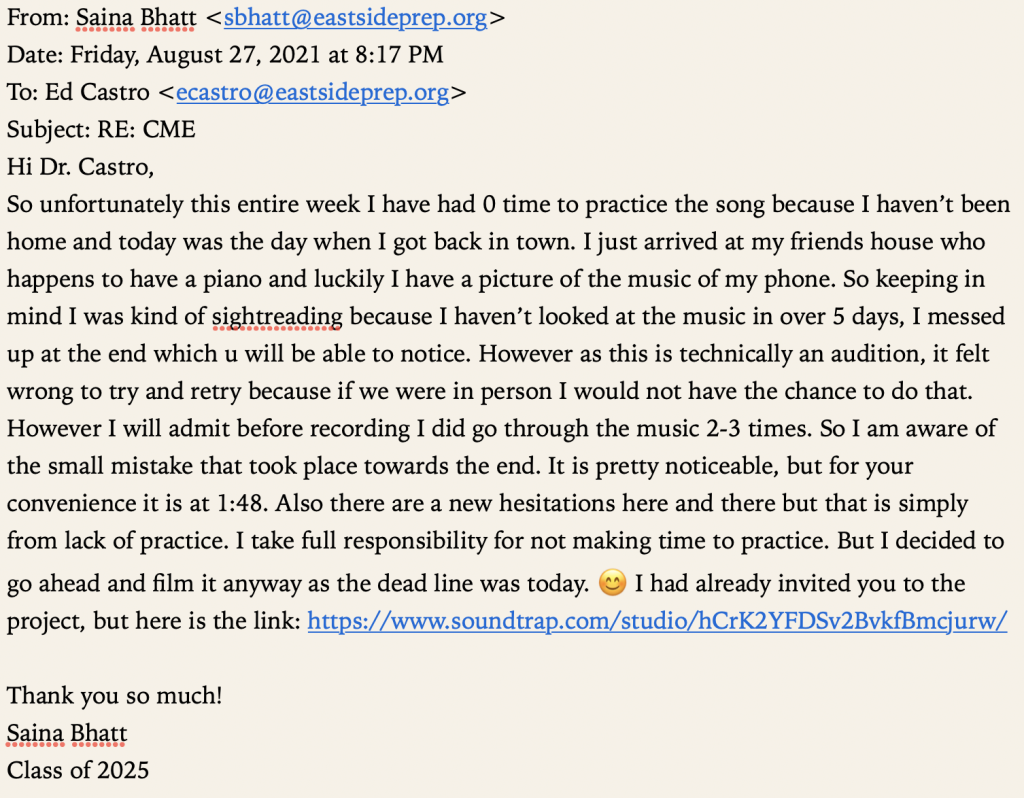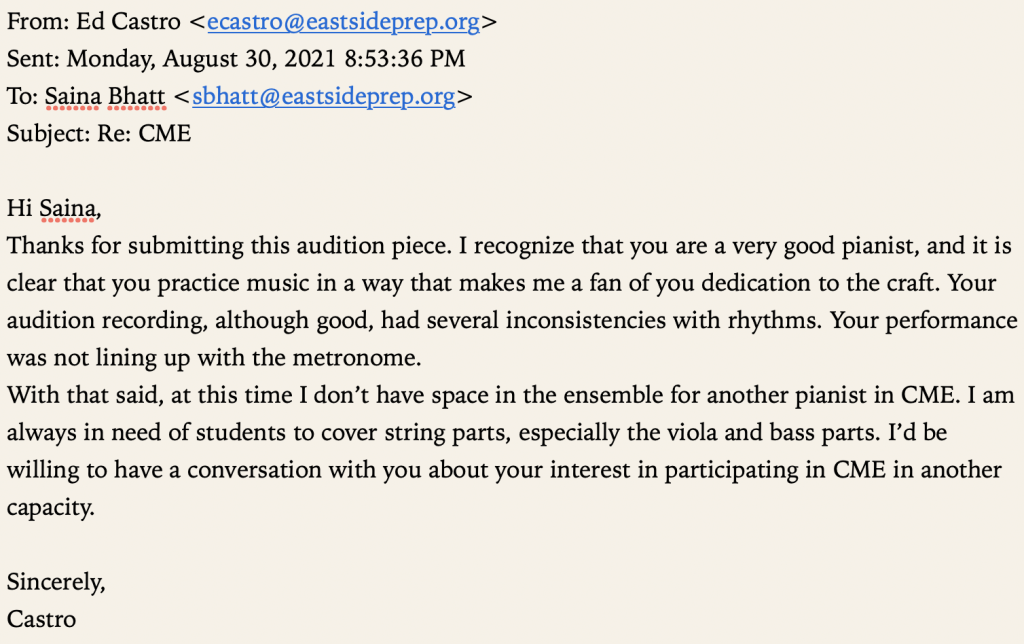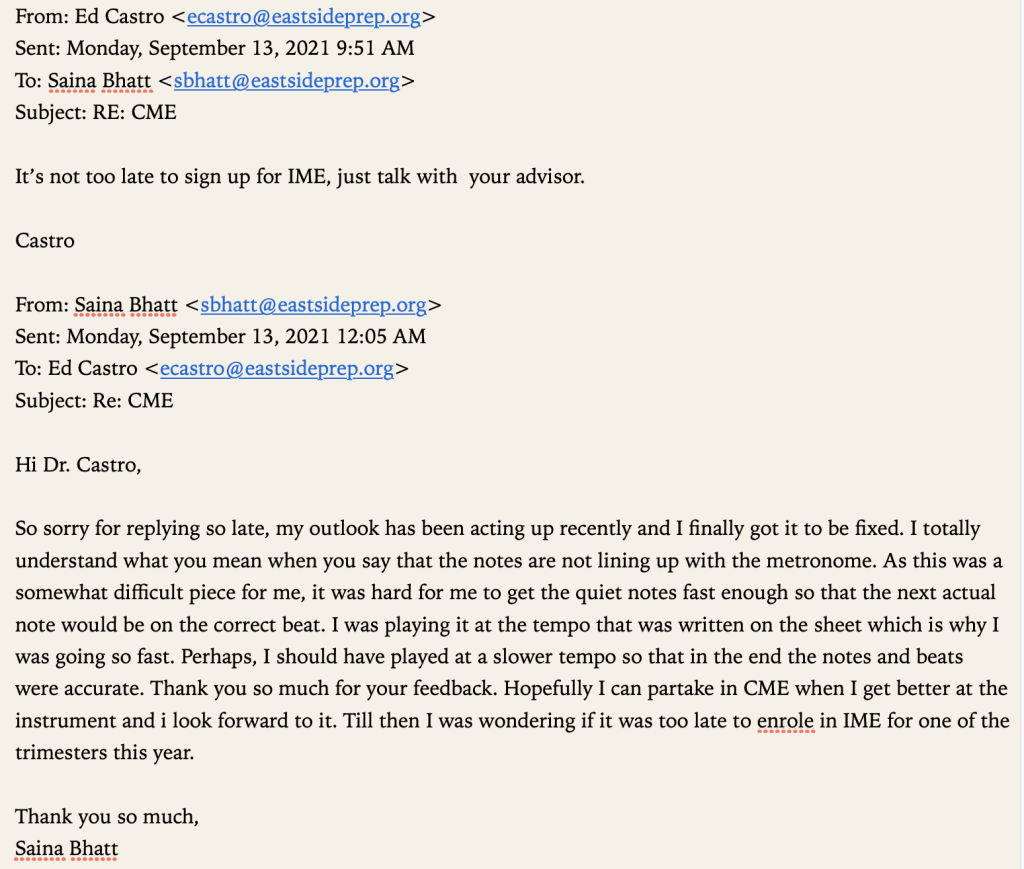Teaching music and promoting diversity within the classroom can be a challenging task. As a music teacher and diversity practitioner, I aim to create a well-organized, positive learning environment that engages my students. Therefore, goal setting, organizing tasks and skills, and executing tasks are how executive functioning shows up in my classes.

My personal professionalism and executive functioning play a significant role in achieving this goal, and I strive to model these qualities for my students. In addition, by sharing my experiences as a professional musician, I aim to build trust with my students and provide them with valuable insights that can help them in their musical journeys.
In this section, I will write about the importance of executive functioning and professionalism in teaching music and promoting diversity. I will share some experiences that have helped me create a safe and engaging learning environment for my students.
The following indicators help categorize the evidence for my work:
- Approaches recommendations for improvement receptively and responsively.
- Displays openness and comfort with visitors observing classes.
- Seeks out diverse opinions of others for guidance.
- Manages and prioritizes professional tasks and responsibilities.
- Communicate and respond to students, parents, and colleagues in a timely and constructive manner.
(1) Approaches recommendations for improvement receptively and responsively.
As someone who always strives to improve, I try my best to be receptive and responsive to recommendations for improving myself and my work. For example, in a recent conversation with Ginger Ellingson about the Professional Development Portfolio (PDP) with my process team, I actively sought feedback and suggestions for areas where I could grow and develop. Despite some initial discomfort and defensiveness with hearing constructive criticism, I listened carefully and noted the specific actions I could take to improve. Then I made a conscious effort to implement these suggestions and check in with my team to ensure I was on the right track.
The following is an excerpt from the conversation mentioned earlier.
(2). Displays openness and comfort with visitors observing class
In my music classes, openness and comfort are essential when welcoming visitors. Classroom observations can be constructive and memorable, depending on the visitor’s goals. Therefore, I maintain an open-door policy, allowing anyone to come in, listen, and participate in our activities. Recently, I had the privilege of talking with Bart Gummere, the Head of the Upper School at the time of the observations, who observed my IME classes to help me improve as an instructor. Additionally, Wen Yu Ho joined us in the classroom, driven by his love for music and his desire to assist students directly. Through these videos, you’ll hear firsthand from both individuals about their unique experiences and the impact of their observations on our music classes.
(3) Seeks out diverse opinions of others for guidance
In seeking advice, I pursue as many opinions for guidance that best fit me or the community where I work. For example, in learning about affinity group formation at independent schools, a team of teachers and I sought advice from Diversity, Equity, and Inclusion (DEI) practitioners and other institutions. The communication with Brendon Jobs is a good example of the kind of interactions I had with DEI practitioners. These emails led to phone conversations that helped us form EPS’s affinity groups.
The first set of communications went out as an email to DEI practitioners from several local schools and a few to DEI practitioners around the country. That introduction was in a form letter requesting guidance and wisdom.
Dear __________,
My name is Ed Castro, and I am a music teacher and the Equity, Inclusion, and Compassionate Leadership interim coordinator at Eastside Preparatory School in Kirkland, WA, just outside of Seattle. (Insert possible connection or prior meeting)
However, the reason I am writing you is to ask for advice about starting affinity groups at our school. We are currently starting our research and exploration of what affinity groups could be at EPS. I am wondering if you have any advice, lessons learned, or words of wisdom to share about getting affinity groups started. Any thoughts you could share would be appreciated.
Sincerely,
Ed Castro
Castro form letter to DEI practitioners
The communications with Brendon Jobs represent the sequence well for most of my contact with other DEI practitioners. (Example 3.1)
The next round of communications led to a set of specific questions:
- How many groups did you start with?
- Were affinity groups action-orientated groups or a place for people with shared experiences to be a community?
- Was there a specific guide/text or model used at your school to start?
- How long did it take to train students and faculty to become facilitators?
- How long did it take your school to let affinity groups get up and running?
- What was the need at your school which led to forming affinity groups?
The final set of communications led to phone calls or video conference calls for more details and nuanced conversations about affinity groups and how they work in other institutions. The process of seeking out the diverse opinions of others for guidance helped make clear why we need affinity groups at EPS. This process also helped me add to the vast array of research conducted by the rest of the (unofficial) EPS Affinity Group Research Committee, which eventually aided the creation of Affinity Groups at EPS.
(4) Manages and prioritizes professional tasks and responsibilities
As a music teacher and co-coordinator of Equity, Inclusion, and Compassionate Leadership (EICL), managing and prioritizing tasks and responsibilities requires careful organization and collaboration. One effective strategy Bess McKinney and I employ is creating detailed To-Do lists during our discussions, ensuring a clear roadmap for our work. Additionally, we divide up responsibilities when presenting during professional development days, fostering a shared sense of ownership and accountability. When reflecting on our collaboration, certain moments stand out, such as hosting esteemed guests like Washington State Supreme Court Justice G. Helen Whitener, poet and educator Christian Paige, and our work in implementing affinity groups. The planning for those events needed several meetings with various responsibilities for both Bess and me for each event. Although each experience was unique, it profoundly impacted our school community. Therefore, it is essential to take a moment to acknowledge the significance of these shared moments and the positive changes they brought about.
(5) Communicate and respond to students, parents, and colleagues in a timely and constructive manner
When communicating between students, parents, and colleagues, I aim to be timely and constructive to ensure everyone is on the same page.
For example, in the communication with a local private flute teacher, the teacher asked about band audition music. I responded promptly and provided detailed information about the audition material and procedure. The flute teacher later confirmed receipt of the information and made plans with her student.
My goal in this response was to be approachable and available for questions and to let the flute teacher know that we are part of a teaching team working with the same student. Similarly, in the communication with a student, I responded as promptly as possible to the student’s email, letting her know that it was not too late to sign up for IME after talking with her advisor.
I also provided constructive feedback on her performance in the CME audition and encouraged her to keep practicing. She responds appreciatively, acknowledging her email issues and wanting to participate in CME in the future. I am responsive to student emails and provide helpful feedback. Timely and constructive communication helped me ensure everyone was on the same page, whether between teachers, colleagues, or students.
